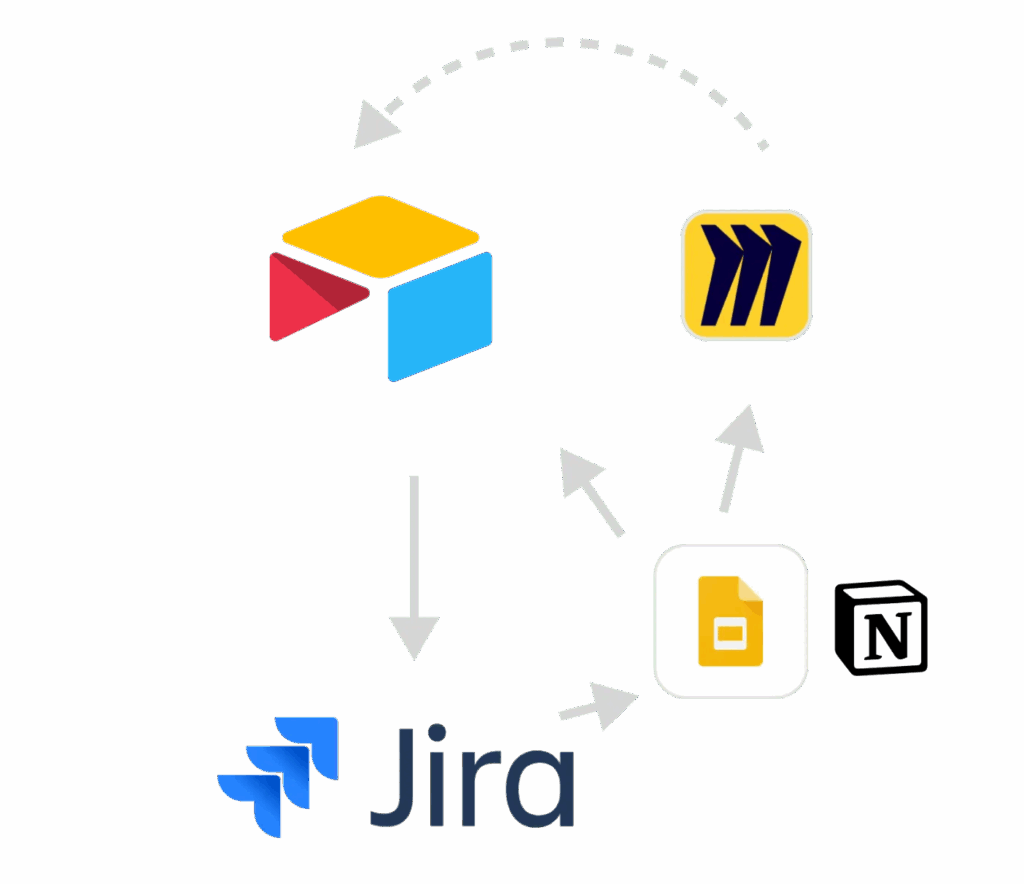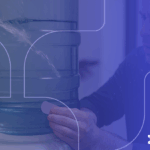
In the world of digital experimentation, we’ve reached an inflection point. Organizations have invested heavily in testing tools, built dedicated teams, and run hundreds of experiments annually. Yet despite this significant investment, many still struggle to connect promising test results to reliable business outcomes. This disconnect is what we call the “Trust Gap” – the critical space between experimental findings and strategic decision confidence.
The Evolution of Experimentation
Experimentation has evolved dramatically over the past decade. What began as simple A/B testing has transformed into sophisticated programs with multiple teams running complex experiments across products, platforms, and customer journeys. But as the technical capabilities have advanced, something crucial has been left behind: the governance framework needed to transform testing activity into strategic value.
Most organizations today find themselves in a paradox – they’re running more tests than ever, yet struggling to demonstrate meaningful business impact. The symptoms are widespread:
- Successful tests that fail to deliver predicted outcomes when implemented
- Insights that aren’t preserved or reused across the organization
- Limited leadership trust in experimentation results
- Difficulty connecting testing activities to strategic objectives
The Frankenstack Reality
Behind many of these challenges lies what we call the “Frankenstack” – the patchwork of disconnected tools cobbled together to manage experimentation programs. The typical organization uses Jira for tracking, Airtable for documentation, Notion for knowledge sharing, Google Sheets for reporting, and PowerPoint for executive presentations. While each tool serves a purpose, together they fragment the experimentation process, creating knowledge silos and governance gaps.

This fragmentation manifests in tangible business costs:
- Implementation Risk: Features shipped based on misinterpreted experiment data lead to costly mistakes
- Knowledge Waste: Teams repeatedly test similar concepts because insights aren’t effectively preserved
- Strategic Disconnect: Experiments run without clear connections to business objectives, limiting their impact
- Decision Quality Issues: Leadership lacks confidence in experimentation data when making strategic decisions
From Test Tracking to Governance
The solution isn’t running more tests or adding more tools to the stack. It’s implementing a comprehensive governance framework that ensures quality, consistency, and strategic alignment across all experimentation activities.
Experimentation governance provides the foundation that connects testing activities to business outcomes through:
- Strategic Alignment: Ensuring every experiment supports meaningful business objectives
- Methodology Standards: Establishing consistent quality across all testing activities
- Insight Management: Preserving and connecting knowledge across experiments and teams
- Decision Frameworks: Translating results into actionable business decisions
- Executive Visibility: Providing leadership with meaningful metrics on program impact
Organizations that implement proper experimentation governance see dramatic improvements:
- 76% increase in implementation success rates
- 3.4x improvement in experimentation program ROI
- 68% increase in strategic alignment of testing activities
- 42% reduction in duplicated experimentation efforts
Completing the Learning Loop
At its core, experimentation governance is about completing what we call “The Learning Loop” – the complete cycle of organizational learning through experimentation. This loop consists of five essential components:
- Strategic Direction: Aligning experiments with business objectives
- Governance & Structure: Building effective frameworks that elevate rather than constrain
- Knowledge Creation: Generating reliable insights through proper methodology
- Implementation & Action: Translating insights into business actions
- Organizational Learning: Building institutional knowledge and memory
Without proper governance, this learning loop remains broken. Experiments become isolated activities rather than connected building blocks of organizational intelligence.
Building Your Experimentation Governance System
Transforming your experimentation program from tactical test tracking to strategic governance requires addressing five key components:
- Establish Strategic Alignment: Connect every experiment to specific business objectives using a clear framework
- Implement Quality Standards: Define consistent methodologies and quality controls across all testing activities
- Create Knowledge Systems: Build processes for preserving and connecting insights across experiments
- Develop Decision Frameworks: Establish clear pathways from experimental results to business decisions
- Build Executive Dashboards: Provide leadership with meaningful visibility into program impact
The organizations that thrive in the next era of experimentation won’t be those running the most tests. They’ll be those with the governance systems required to turn testing into learning, and learning into strategic advantage.
By closing the Trust Gap through proper governance, your experimentation program can evolve from a tactical function into a strategic capability that drives confident, evidence-based decision-making across your organization.




